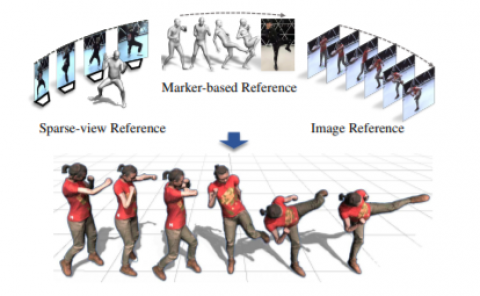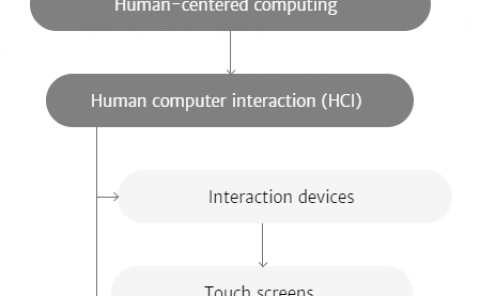Evaluating Performance and Gameplay of Virtual Reality Sickness Techniques in a First-Person Shooter Game
PubDate: Jul 2021
Teams: Xi’an Jiaotong-Liverpool University;LaTrobe University;Birmingham City University
Writers: Diego Monteiro, Hao Chen, Hai-Ning Liang, Huawei Tu, Henry Dub

Abstract
In virtual reality (VR) games, playability and immersion levels are important because they affect gameplay, enjoyment, and performance. However, they can be adversely affected by VR sickness (VRS) symptoms. VRS can be minimized by manipulating users’ perception of the virtual environment via the head-mounted display (HMD). One extreme example is the Teleport mitigation technique, which lets users navigate discretely, skipping sections of the virtual space. Other techniques are less extreme but still rely on controlling what and how much users see via the HMD. This research examines the effect on players’ performance and gameplay of these mitigation techniques in fast-paced VR games. Our focus is on two types of visual reduction techniques. This study aims to identify specifically the trade-offs these techniques have in a first-person shooter game regarding immersion, performance, and VRS. The main contributions in this paper are (1) a deeper understanding of one of the most popular techniques (Teleport) when it comes to gameplay; (2) the replication and validation of a novel VRS mitigation technique based on visual reduction; and (3) a comparison of their effect on players’ performance and gameplay.



